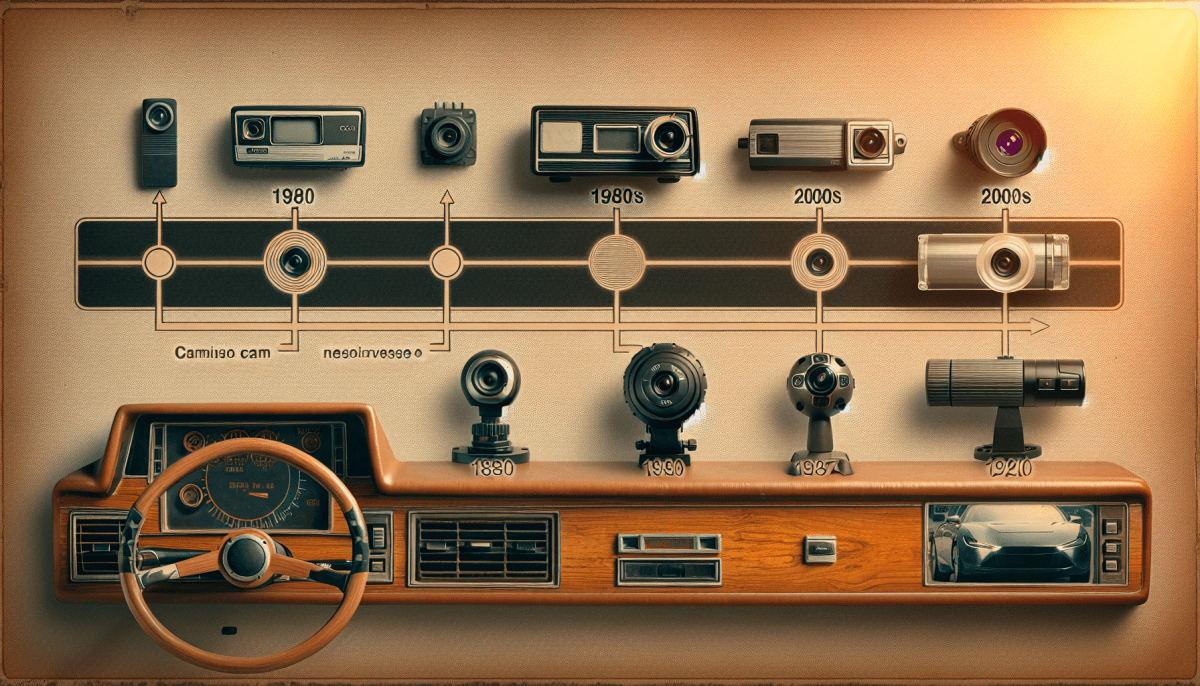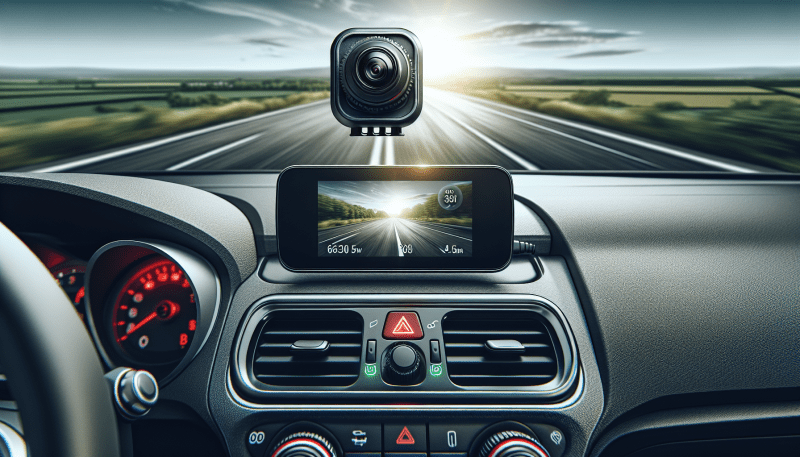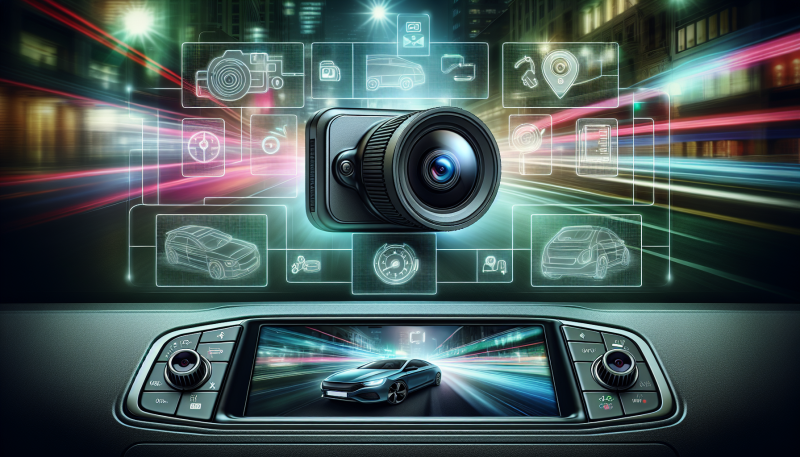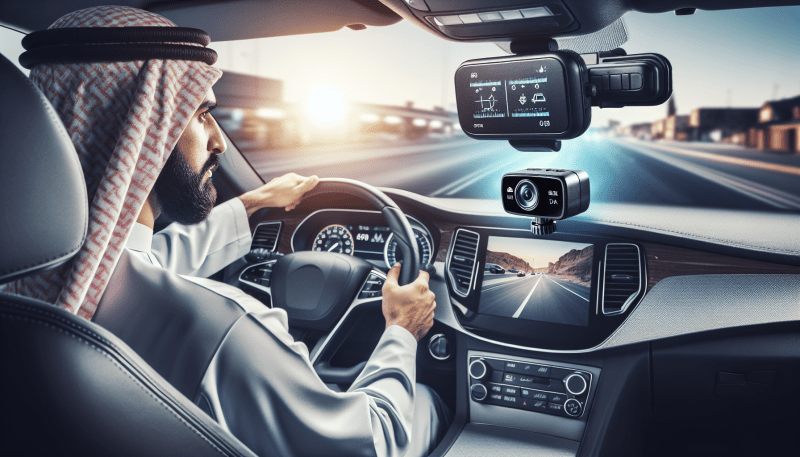Dashcams, or dashboard cameras, have become a common sight in vehicles today, but their origins date back a bit further than you might think. The concept started gaining traction in the early 2000s, primarily in Russia, where road accidents and insurance fraud were rampant. Drivers needed a way to protect themselves and prove their case in the aftermath of a collision. That's when the first rudimentary dashcams began to show up.
At first, these early models were quite basic — a simple camera mounted on the dashboard or windshield that recorded video footage while you drove. They were not overly sophisticated, but they served a purpose. As technology improved, so did the quality of dashcams. By the mid-2010s, they started to feature better video resolution, night vision, and even GPS tracking.
The rise of social media also played a part in the dashcam boom. People began sharing unbelievable road footage online, from crazy accidents to unexpected encounters with wildlife. This made dashcams increasingly popular, leading to more drivers considering them essential for safety and security on the road.
Today, dashcams are packed with features, including motion detection, cloud storage, and even built-in Wi-Fi for easy sharing. They’re not just tools for the worried driver anymore; they’ve become a must-have accessory for anyone who spends time on the road, whether commuting to work or hitting the open highway for an adventure.
How Technology Evolved Over Time
Technology has come a long way since the first dashcams hit the market. In the early days, these devices were bulky and often tied to wires, making them inconvenient for everyday use. Most models offered basic recording capabilities, which made it difficult for drivers to get a clear view of their surroundings. But like all tech, dashcams evolved rapidly as everyone started to see their importance and utility on the road.
As cameras got smaller and more efficient, dashcams began to feature better image quality and easier installation processes. By the late 2000s, many models were equipped with wide-angle lenses and high-definition recording. This meant that drivers could capture clear footage, which proved invaluable during accidents or disputes. The emergence of night vision technology also gave a significant boost to dashcams, allowing drivers to feel safer during nighttime driving.
Fast forward to the present, and the features just keep getting better. Many modern dashcams now come with GPS, which adds another layer of data by tracking location and speed. Some also have built-in Wi-Fi or Bluetooth, allowing users to easily share videos directly to their smartphones or cloud storage. Additional features like motion detection and parking mode mean these devices are always on guard, even when you’re not driving.
Today’s dashcams are not just for recording; they act as a complete safety system for drivers. With advancements in technology like AI integration, some dashcams can even alert you to dangers before they happen, making your driving experience much more secure. It’s fascinating to see how far these devices have come, continually increasing in value and reliability for all kinds of drivers.
Key Features That Changed Dashcams
When dashcams hit the market, they brought some exciting features that changed the game for drivers everywhere. Here are the key features that really made a difference:
These features not only enhance your safety on the road but also give you peace of mind. Dashcams have evolved from simple recorders into essential tools for drivers, making them a must-have for any car owner today.
The Future of Dashboard Cameras
Imagine a dashcam that not only records your drive but also provides instant feedback. With AI, it could alert you to potential accidents or warn you when you're drifting out of your lane. Some models are already rolling out voice commands and mobile app connectivity, making it easier to access footage and even share it directly with others.
Another trend we’re likely to see is better integration with our phones and other smart devices. Dashcams that can sync with your smartphone will allow you to view recordings or receive notifications directly through your favorite apps. This level of connectivity means you won't have to fumble around with complicated setups; everything will be streamlined right in your pocket.
Plus, the storage capabilities are getting a major upgrade. With cloud storage becoming more common, you won’t have to worry about running out of space on your device. You can store your footage safely while using your dashcam without frequent deletions.
As dashcams become more advanced, they might even come equipped with features to assist in breakdown situations or provide emergency help. We’re talking about the future here: self-diagnosing alerts and easy access to roadside assistance, making travel safer and less stressful for everyone.



